What do I mean by design? I mean sitting down with a piece of paper and a pen and sketching out your yard, including what is already there like the house or shed or trees in the right spot. Then think about what plants you want to use and in what groupings.
In planning your garden, you want to consider:
Shape and Color
Columnar shapes draw the eye upward, shrubs with lower rounded shapes serve as counterpoints. You want a mix of shapes in your garden. What colors do you want to put together in your garden? Colors can be strategic visually saying “look at me.”
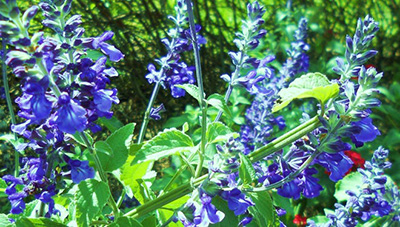
Salvia
Repetition Creates Continuity
Designers say you should plant in odd number groups like 3 or 5 plants. You can unify a design by repeating things like maybe a tall plant or tree on either end of the design. And repeating a design throughout the garden can lead the eye along. What do I mean by design? I mean sitting down with a piece of paper and a pen and sketching out your yard, including what is already there like the house or shed or trees in the right spot. Then think about what plants you want to use and in what groupings. In my case, I ended up with masses of yellow and variegated lantana and red salvia around the front door and windows. And they have the added benefit of blooming all year round, require no maintenance and the butterflies love the blooms. That is a triple!!!!
How Do U Want to Use Your Space?
Do you want to put in a BBQ area, a bench in a shady spot with a view maybe, a child’s play area? Do you want to add a focal point in that view? Maybe a flower bed, a fountain? Once you figure out what you want to add then you can figure out the plants and plantings.
What About the Plants?
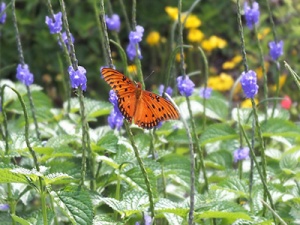
Porterweed
Well my yard is a mix of natives and exotics and yours can be too. I happen to like masses of old roses, but I am also heavy on firebush, porterweed, lantana, salvia, and other natives. Remember plants that did not evolve in our habitat are no use to the birds and other creatures who live here. Luckily, there are a ton of sources for you to locate plants to create a garden that works with nature!! One is regionalconservation.org. Go to the online resource tab and there you will find natives for your yard and an inventory of South Florida plants. Another great site is NWF.org/Garden-For-Wildlife. This is the organization that started the million pollinator garden initiative. Other great sources for plants and information are the Dade Chapter of the Florida Native Plant Society and MiamiBlue.org, both of these organizations have terrific speakers at their meetings too. So, use their plant lists but also check out their events.
You Can Start Small
It may sound daunting to “go native” in your yard. So, start small, research, and pick out the plants you want to add and just pick a corner of your yard to start! Remember, every little bit helps.
What is Permaculture?
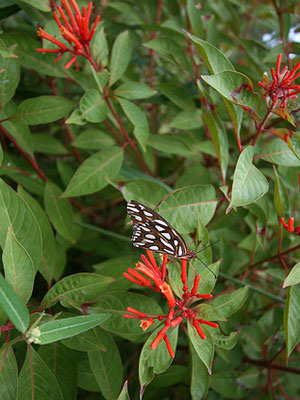
Firebush
I think this is an extremely cool idea. Permaculture is the development of plant ecosystems that are intended to be sustainable and self-sufficient. That means you do not need a lot of fertilizers or pesticides or extra watering. You are working WITH nature not against it. Think of it this way — the world is an interconnected whole and we want to create spaces that allow for plants, animals, and humans to form a symbiotic relationship. When you observe nature, you can design a system in a way that allows nature to do much of the work for you and be good to the planet at the same time. So, what are some of the principles? Creating no waste is one. Think about nature. When trees fall, gradually a tree will be digested by fungi and turn into new topsoil. Meanwhile that fallen tree provides nests and shelter for different wildlife and birds. This means using grass clippings, leaves and tree waste as fertilizer and not throwing them away. Sweep them under your hedges, spread it around your plants. Nature does not throw things away — everything is recycled and used, and you can do so too. Google permaculture and learn more — it’s good stuff!
www.CoralGablesGardenClub.org
I am pleased to announce that the lovely ladies at the Coral Gables Garden Club have decided to have a new website. It will have information about gardens and flowers and videos. If you click on the link at the top of the home page called “Resources” you can find all the back issues of Green Gables. Click here to the find the booklet I wrote for the Coral Gables Library Butterfly Garden project. It gives you information about how to install your own butterfly garden. HAPPY GARDENING!!!
About the Author

Linda Lawrence Waldron currently writes the Green Gables column in Gables Living Magazine. Linda was Chairman of the Garden Club's Coral Gables Library Butterfly Garden Committee.
Sign up here for email notifications about new Green Gables articles!
More from our blogs
See all postsRecent Posts
- April 2023 April 1, 2024
- Good News on Environmental Plastics February 1, 2024
- Material World / Plant World January 1, 2024
Leave a Comment cancel
This site uses Akismet to reduce spam. Learn how your comment data is processed.




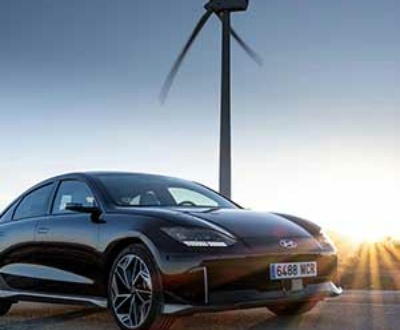
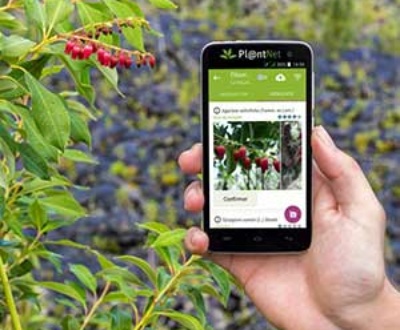
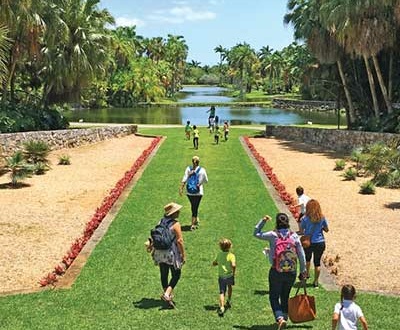
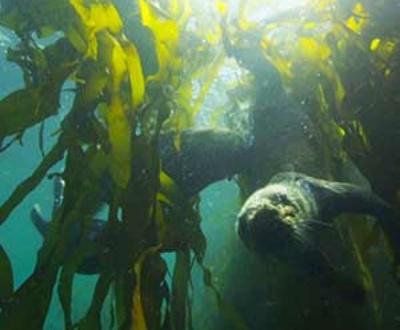
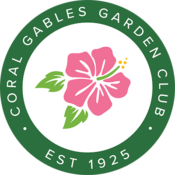
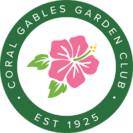
Thank you for the good ideas and helpful links! I really appreciated your articles as I am hoping to design a garden space at home. Do you recommend sketching a bird’s eye view, front view, or both when planning? Thanks again!